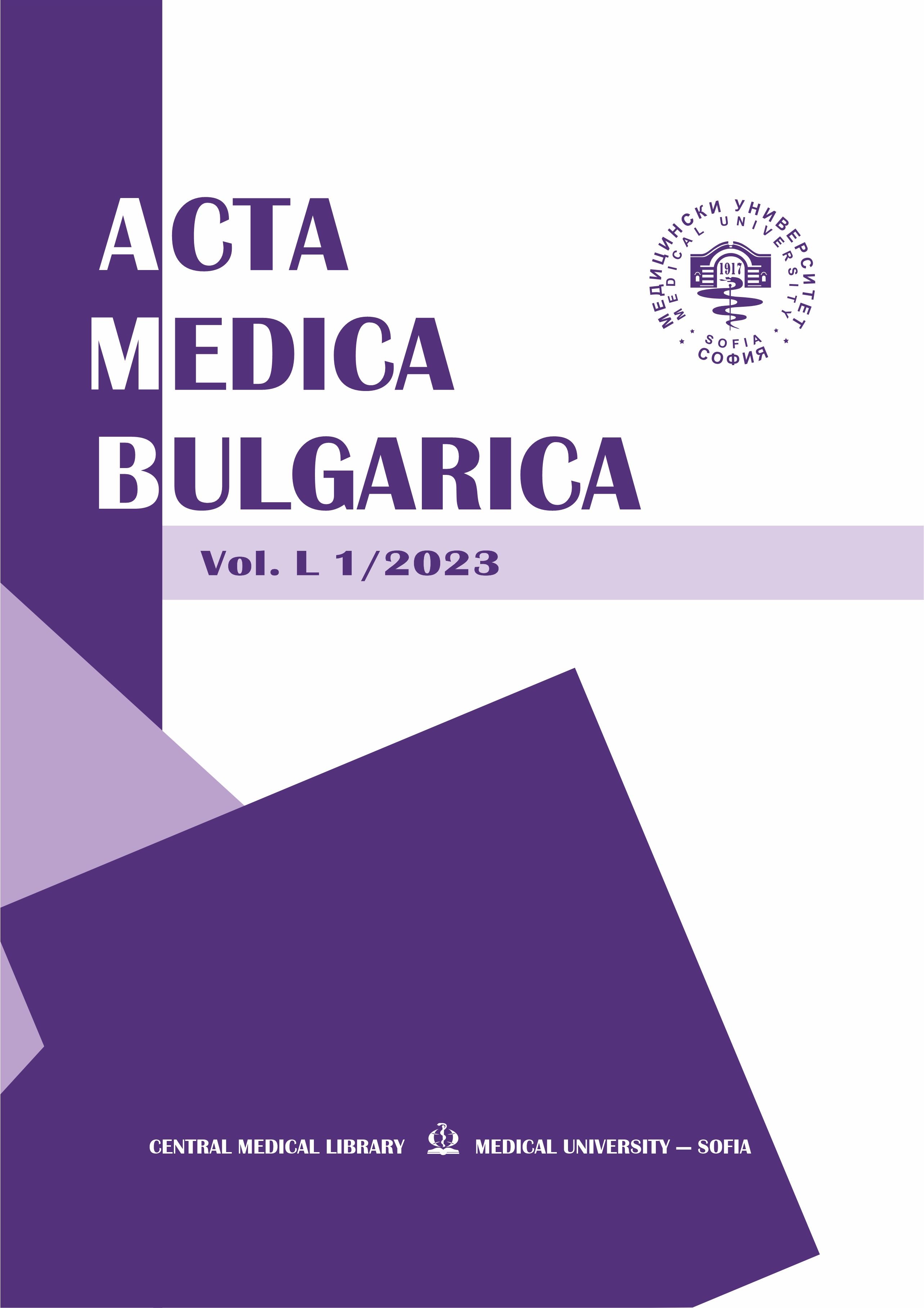Intrascrotal Incision: An Alternative Technique for the Management of Inguinoscrotal Pathologies, Experience from 76 Cases
DOI:
https://doi.org/10.2478/AMB-2023-0007Keywords:
intrascrotal incision, midline incision, mid raphe orchiopexy, inguinoscrotal pathologiesAbstract
Introduction
The aim of this clinical study was to present our experience gained by using the intrascrotal incision through the mid raphe for the management of a variety of inguinoscrotal pathologies.
Materials and Methods
A total of 76 male patients, between 2 and 16 years, underwent surgical treatment through a mid raphe intrascrotal incision, for a wide range of inguinoscrotal diseases, including torsion of the spermatic cord, torsion of the testicular appendages, non-communicating hydrocele, communicating hydrocele, ectopic testis, retractile testicles, palpable undescended testis, testicular trauma and testicular prosthesis placement.
Results
All the patients had an uneventful postoperative recovery, with none mentioned complication, and none of them required convention to the traditional inguinal method. The follow-up examination ranged from 6 months to 3 years, with no surgical complication highlighted.
Conclusions
We recommend that the intrascrotal incision through the mid raphe may be considered as an alternative technique to inguinoscrotal pathologies, instead of other approaches. The ability to treat a variety of pathologies regarding both two hemi-scrotums and the inguinal region at the same time, the provision of adequate surgical site, while succeeding much less dissection and disruption of tissue, the excellent cosmetic result, the greater comfort for the ‘day-case’ child, the ability to use the scrotal septum in order to fix the testis in the scrotum and the avoidance of an extra incision are the main advantages of the intrascrotal incision.
References
Chua ME, Silangcruz JM, Gomez O et al. Circumcision-incision orchidopexy: A novel technique for palpable, low inguinal undescended testis. Invest Clin Urol, 2017, 58(6):468.
Lais A, Ferrow F. Trans-scrotal approach for surgical correction of cryptorchidism and congenital anomalies of the processus vaginalis. Eur Urol, 1996, 29:235–239.
Parsons JK, Ferrer F, Docimo SG. The Low Scrotal Approach to the Ectopic or Ascended Testicle: Prevalence of a Patent Processus Vaginalis. J Urol, 2003, 169(5):1832-1833.
Soualili Z, Achouri D, Haif A et al. The interscrotal approach to inguinoscrotal pathologies. Arab J Urol, 2015, 13(3):176-178.
Alp BF, Irkilata HC, Kibar Y et al. Comparison of the inguinal and scrotal approaches for the treatment of communicating hydrocele in children. The Kaohsiung Journal of Medical Sciences, 2014, 30(4):200-205.
Braga LH, Lorenzo AJ, Romao RL. Canadian Urological Association-Pediatric Urologists of Canada (CUA-PUC) guideline for the diagnosis, management, and follow up of cryptorchidism. Canad Urol Assoc J, 2017, 11(7).
Na SW, Kim S-O, Hwang EC et al. Single Scrotal Incision Orchiopexy for Children with Palpable Low-Lying Undescended Testis: Early Outcome of a Prospective Randomized Controlled Study. Korean J Urol, 2011, 52(9):637.
Bianchi A, Squire BR. Transscrotal orchidopexy: orchidopexy revised. Pediatr Surg Int, 1989, 4(3)
Dayanç M, Kibar Y, Tahmaz L et al. Scrotal incision orchiopexy for undescended testis. Urology, 2004, 64(6):1216-1218.
Caruso AP, Walsh RA, Wolach JW et al. Single scrotal incision orchiopexy for the palpable undescended testicle. J Urol, 2000, 164: 156-159.
Iyer KR, Kumar V, Huddart SN et al. The scrotal approach. Pediatr Surg Int, 1995, 10(1).
Talabi AO, Sownde OA, Adejuyigbe O. High (trans) scrotal orchidopexy for palpable undescended testes in children: Influence of age and testicular position. African J Urol, 2018, 24(2):114-119.
Fares AE, El Barbary MM. High scrotal approach for secondary orchidopexy in cases of recurrent and iatrogenic undescended testes. Ann Pediatr Surg, 2011, 7(3):108-110.
Talabi AO, Sowande OA, Anyanwu L-JC et al. Trans-scrotal single-incision orchidopexy compared with conventional orchidopexy in palpable undescended testis in a Nigerian Tertiary Hospital. Ann Pediatr Surg, 2015, 11(1):25-29.
Downloads
Published
Issue
Section
License
Copyright (c) 2023 Acta Medica Bulgarica

This work is licensed under a Creative Commons Attribution-NonCommercial-NoDerivatives 4.0 International License.
You are free to share, copy and redistribute the material in any medium or format under these terms.


 Journal Acta Medica Bulgarica
Journal Acta Medica Bulgarica 